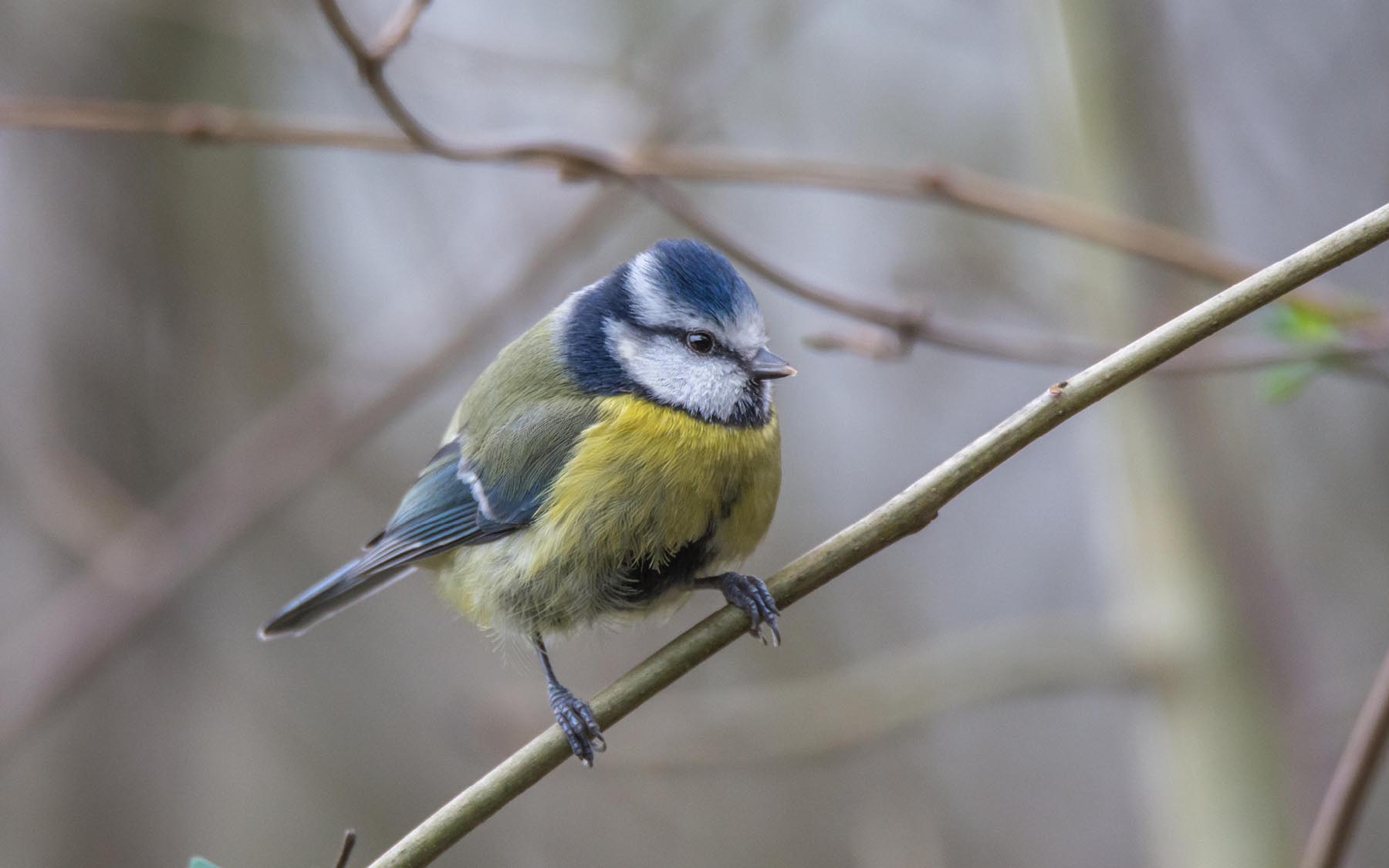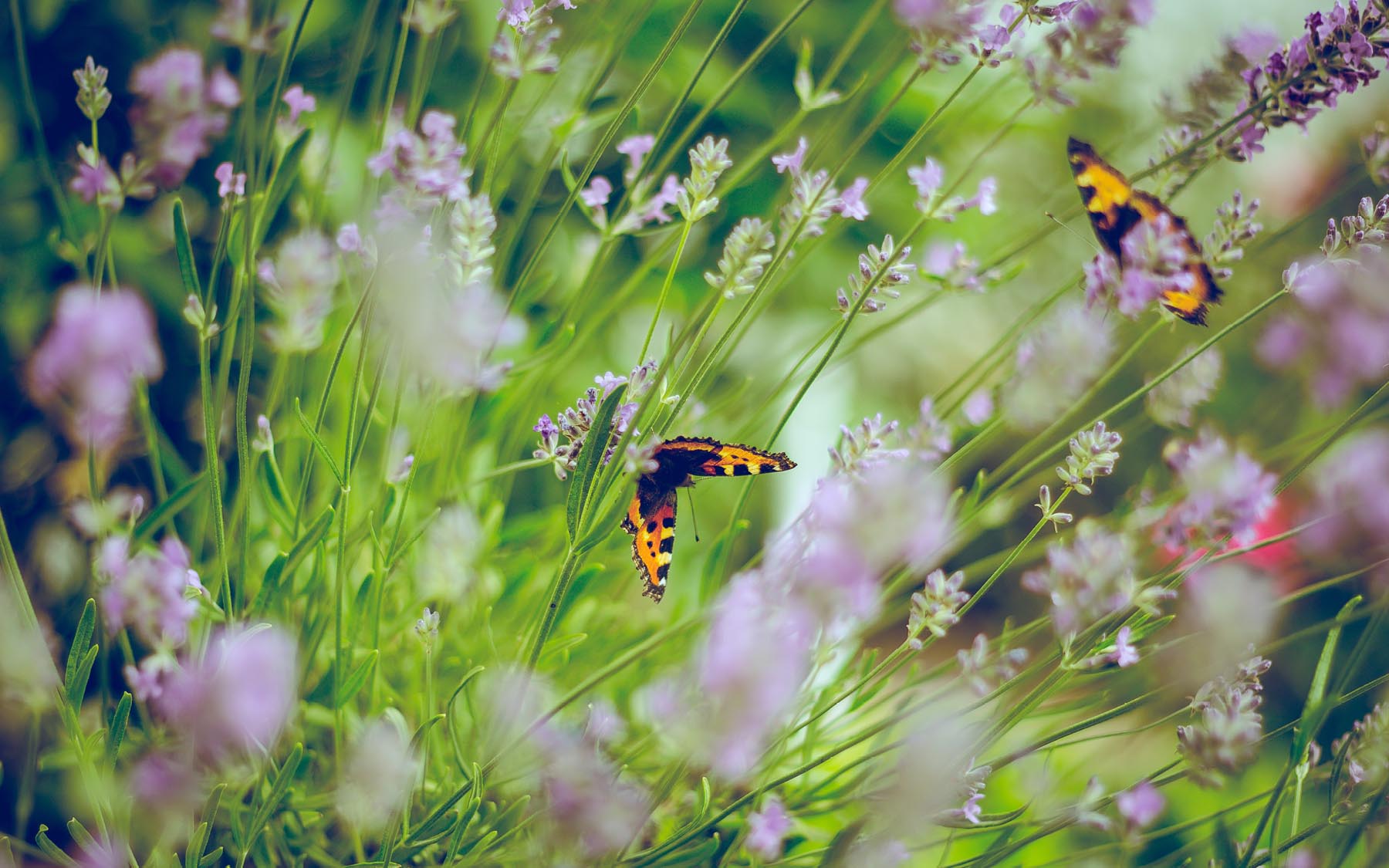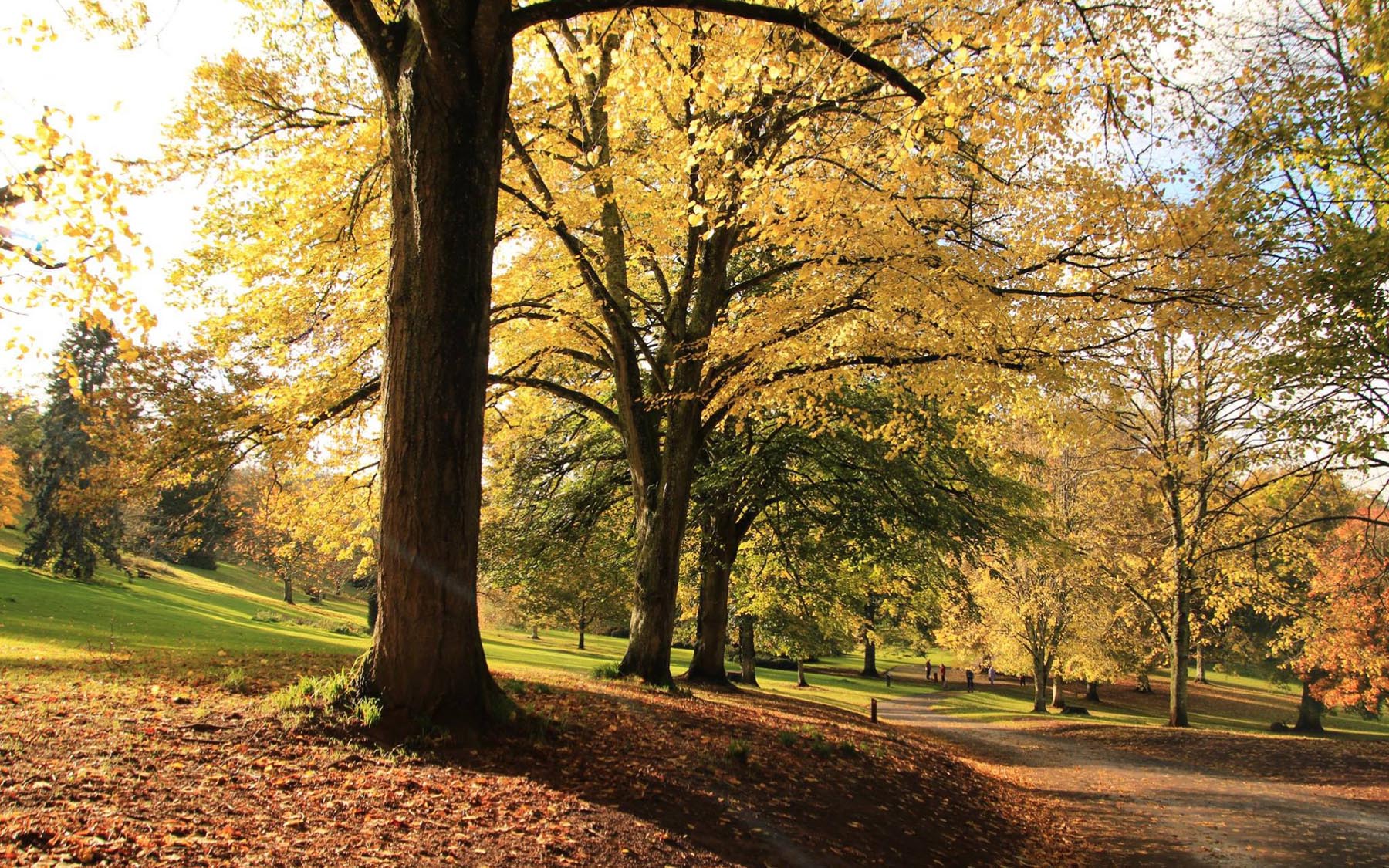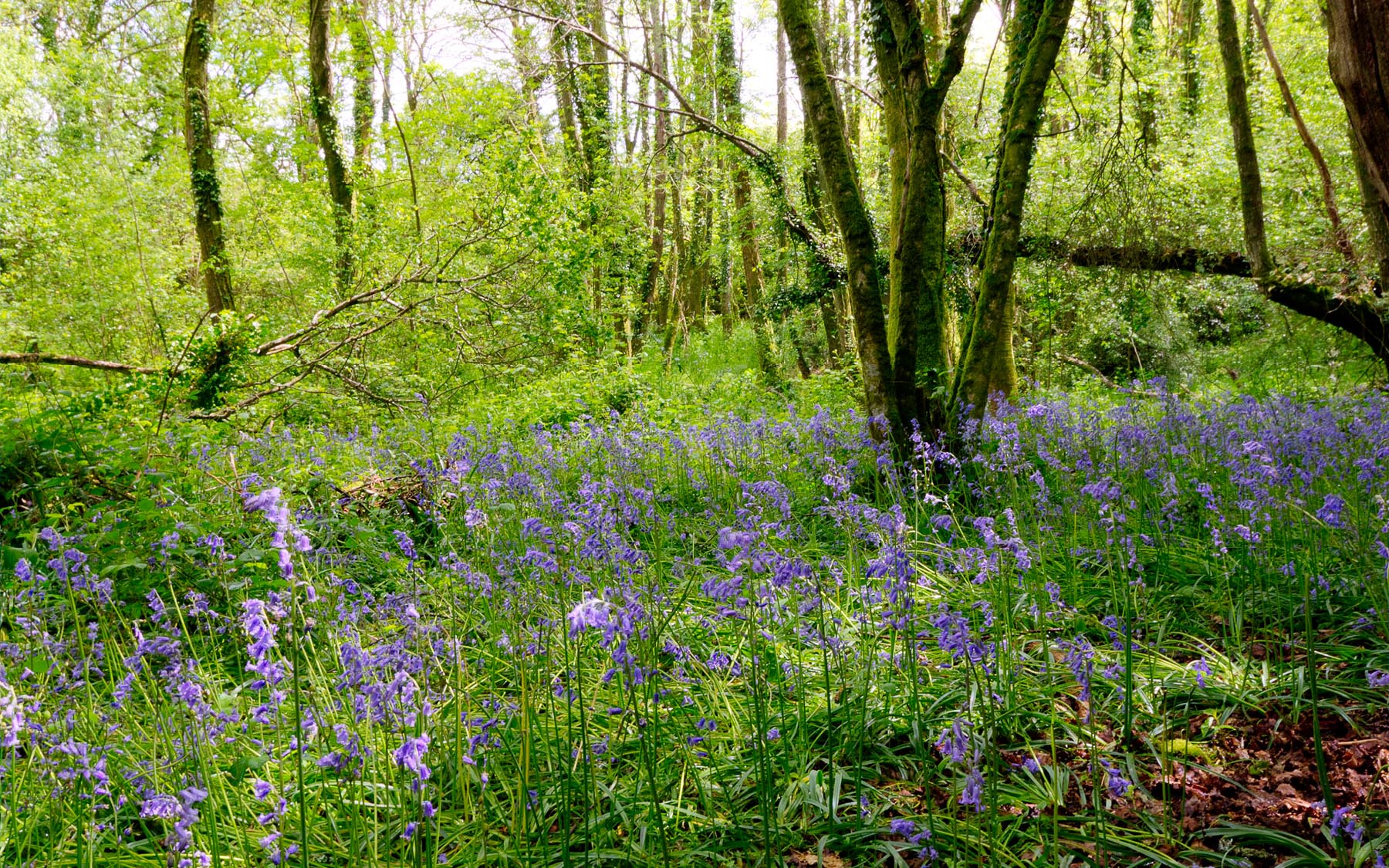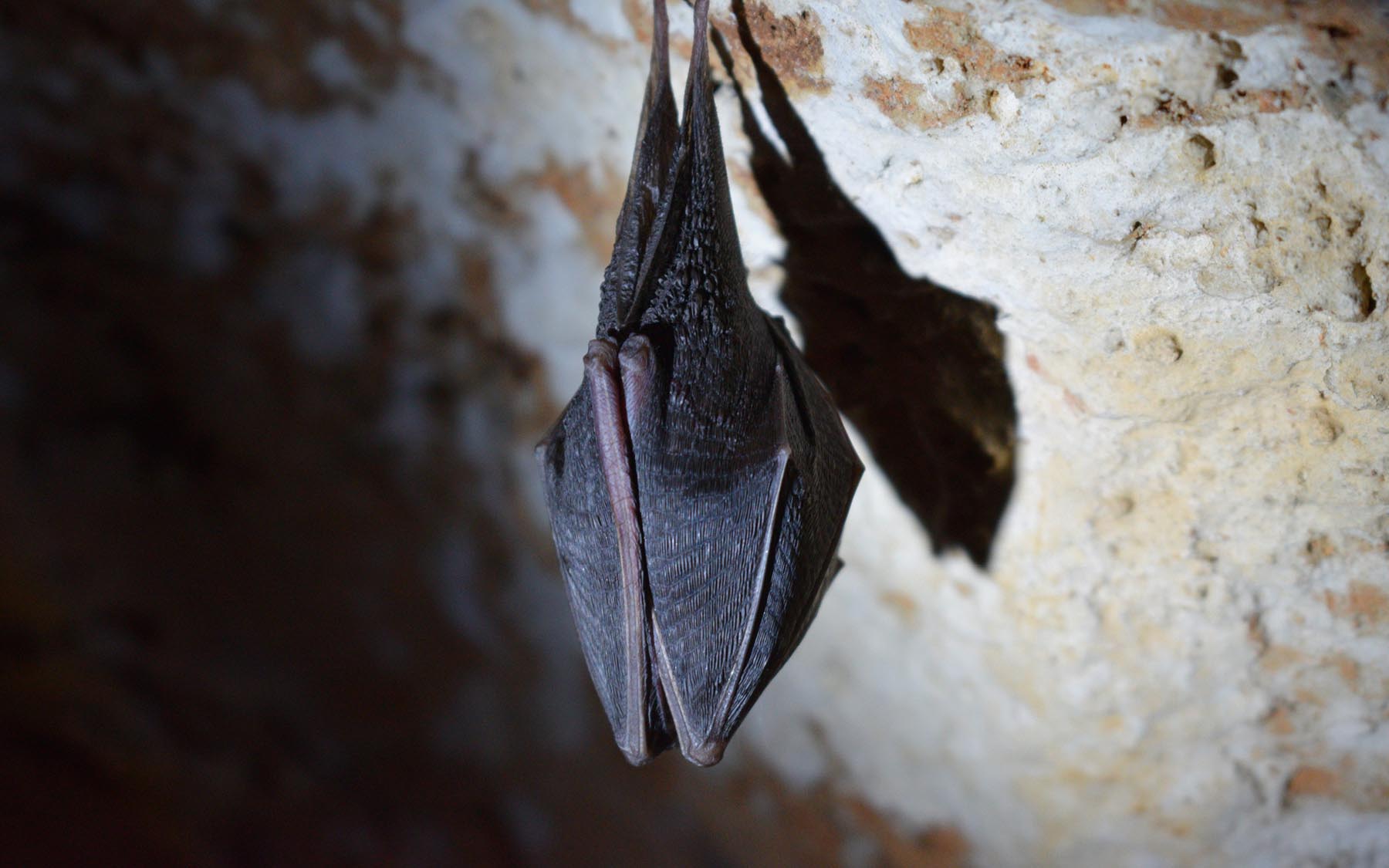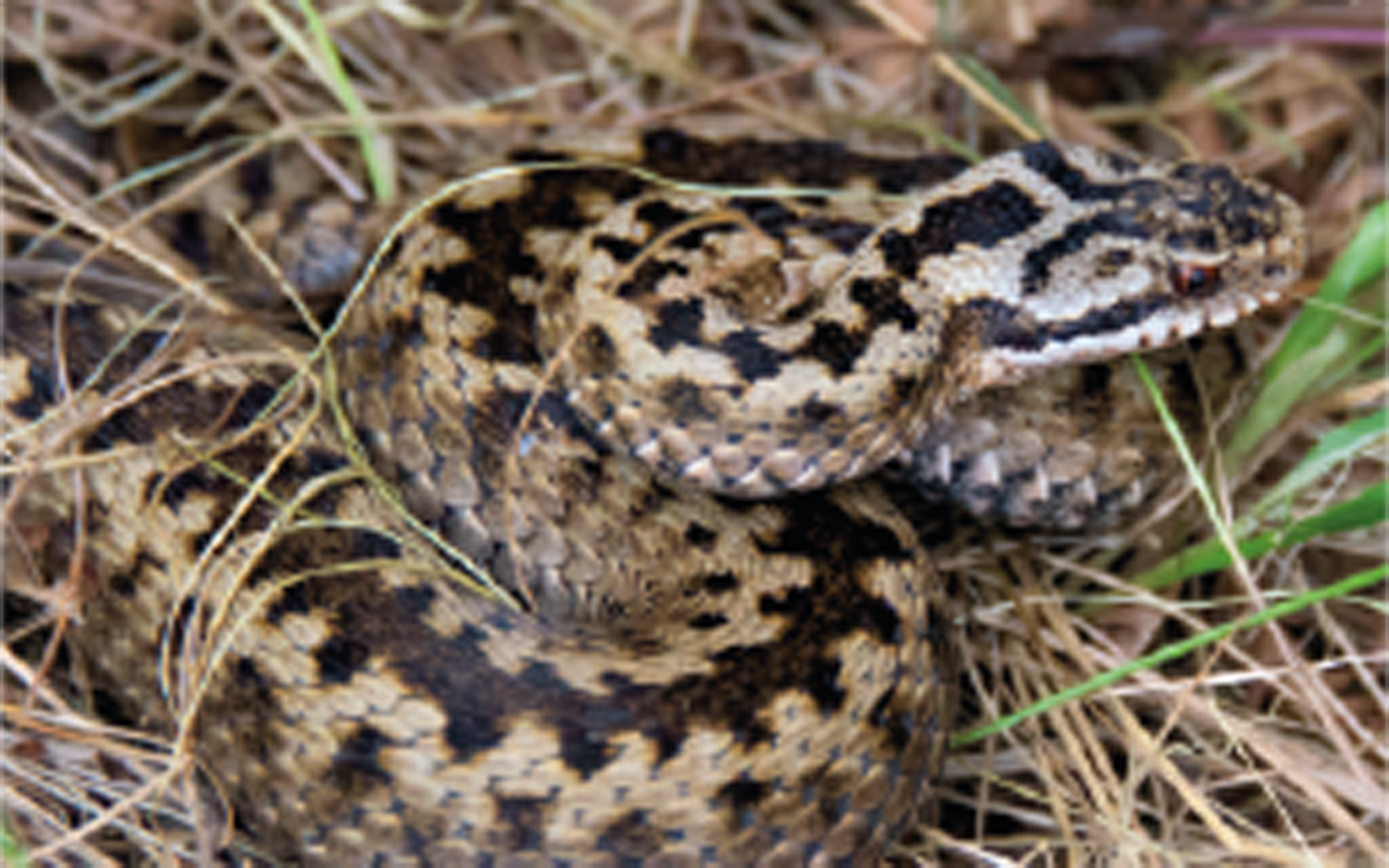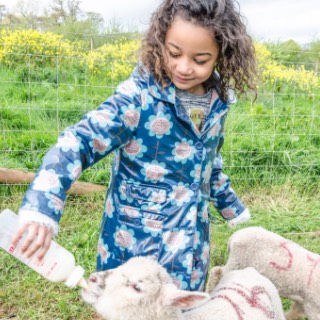Main photo by Richard Hurd Images
Torbay is blessed with some amazing places and wildlife, often one relies on the other. For example, the greater horseshoe bats at Berry Head roost in the caves under the headland which were opened up through quarrying. They need cattle grazing on the headland to produce cow pats in which the bats find beetles to feed on. The Trust as guardian of these sites is working to enhance them for wildlife whilst allowing access for visitors in ways that won’t damage them for the future.

